The Benefits of VR Training for Oil and Gas Workers
The oil and gas industry is vital to the global economy, but it also comes with significant risks. Workers in this industry often face complex, dangerous environments that require highly specialized skills and knowledge. Traditional training methods, while useful, often fail to provide the comprehensive, hands-on experience workers need. In recent years, virtual reality (VR) training has emerged as an emerging technology that provides oil and gas professionals with innovative solutions to enhance safety, efficiency, and learning capabilities. Let’s take a closer look.
Limitations of Traditional Oil and Gas Training
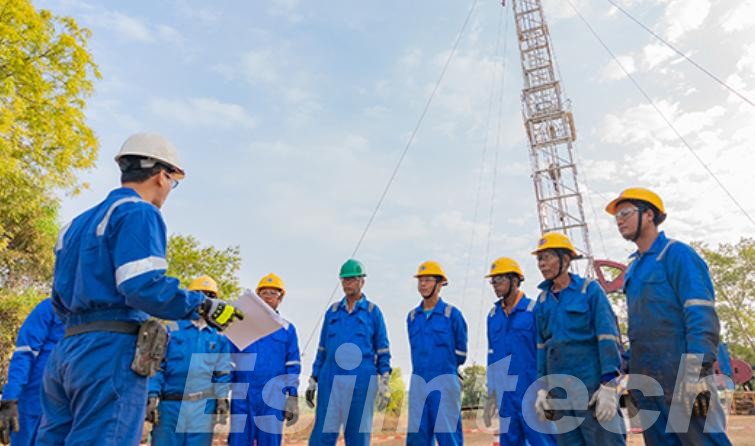
While traditional training methods in the oil and gas industry, such as classroom learning, on-the-job training, and hands-on simulations, have long been essential, they come with certain drawbacks:
- Safety Hazards: Many oil and gas operations involve high-risk environments, such as offshore rigs or drilling sites. Simulating hazardous situations for training purposes can expose workers to unnecessary dangers. For example, practicing emergency response procedures or dealing with equipment malfunctions in real-life scenarios can potentially lead to accidents or injuries.
- Limited Real-World Exposure: Traditional training methods may not offer workers enough exposure to the full range of challenging scenarios they might face. For instance, weather conditions, equipment failures, or emergency situations that only occur infrequently are difficult to simulate consistently, leaving workers unprepared for rare but critical events.
- High Expenses and Time Constraints: Physical training sessions typically demand a considerable financial commitment. The costs of establishing realistic training setups, relocating workers to distant sites, and keeping equipment in working condition can add up quickly, consuming both time and money. Furthermore, errors made during training may lead to equipment damage or production delays, driving up costs even more.
- Logistical Obstacles: Running training programs in offshore or remote locations brings about significant logistical issues. The need for specialized equipment and personnel, alongside the limited availability of on-site facilities, often leads to scheduling conflicts or restricts access to essential training opportunities.
What is Oil and Gas VR Training?
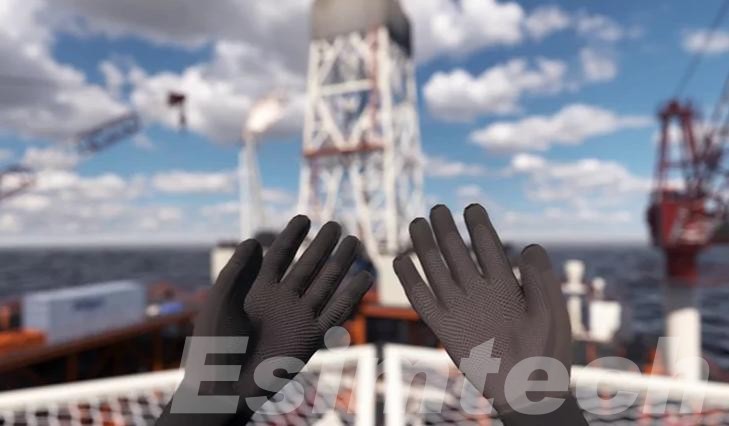
Oil and gas VR training utilizes cutting-edge virtual reality technology to create immersive, computer-generated environments that simulate real-world scenarios encountered in the industry. Trainees don VR headsets and interact with these virtual worlds using controllers, allowing them to engage in realistic simulations of complex tasks, operate machinery, and respond to emergencies, all within a safe and controlled setting. These simulations can range from routine maintenance procedures on pipelines or offshore platforms to critical emergency responses, such as managing a blowout or containing a chemical spill.
The power of VR lies in its ability to replicate the dynamic and often hazardous conditions of an oil and gas work environment. Instead of passively learning from manuals or lectures, trainees actively participate in the simulation, making decisions and experiencing the consequences of their actions in real-time. This hands-on approach fosters deeper understanding and improves knowledge retention.
VR training can also be customized to address specific needs, from basic safety procedures for new hires to highly specialized skills for experienced professionals. This adaptability makes it a valuable tool for training across all levels of an organization. By providing a risk-free environment for learning and skill development, VR training is revolutionizing how oil and gas workers are prepared for the challenges of their profession.
Key Benefits of VR Training for Oil and Gas Workers
Enhanced Safety and Risk Mitigation
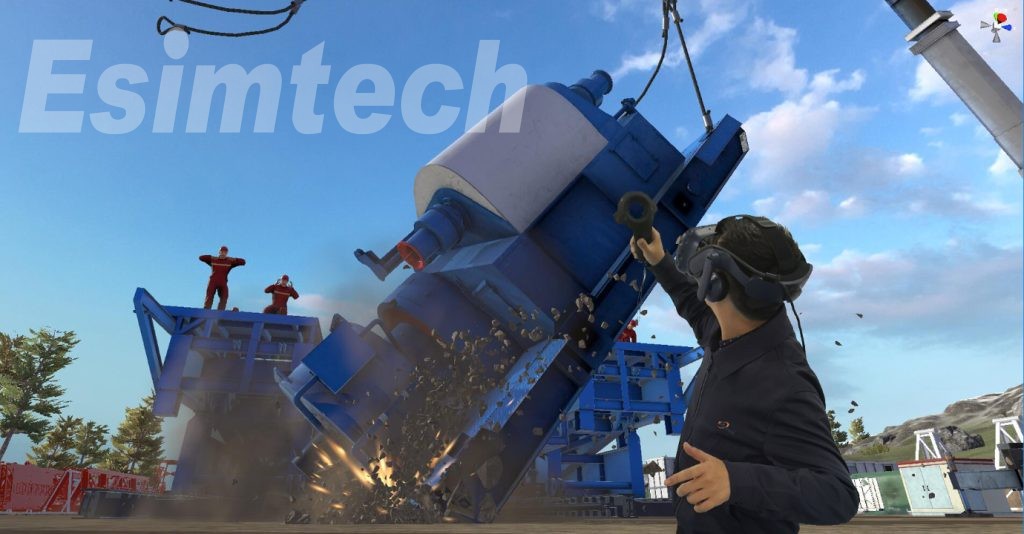
Safety is the top priority in the oil and gas industry, and VR training significantly enhances it by providing workers with the opportunity to practice high-risk tasks in a controlled, virtual environment. In real-world oil and gas operations, workers are exposed to hazards such as fires, explosions, equipment malfunctions, and harsh weather conditions.
With VR, employees can engage in emergency response drills, practice handling dangerous equipment, and experience worst-case scenarios—all without the risk of injury or damage. By repeating these simulations, workers become more confident and capable of responding to critical situations when they arise, reducing the likelihood of accidents and improving overall workplace safety.
Immersive and Practical Learning Experience
A key benefit of VR training is its capacity to offer an immersive, practical experience that mirrors actual work scenarios. With VR technology, workers can engage in detailed, interactive simulations, allowing them to practice tasks such as drilling, handling complex equipment, and managing hazardous substances.
In contrast to conventional training methods, which often depend on theoretical concepts or limited exposure to real-world situations, VR immerses trainees in realistic environments where they can address problems, make decisions, and overcome challenges. This hands-on approach enhances trainee engagement, boosts knowledge retention, and improves performance in high-pressure situations.
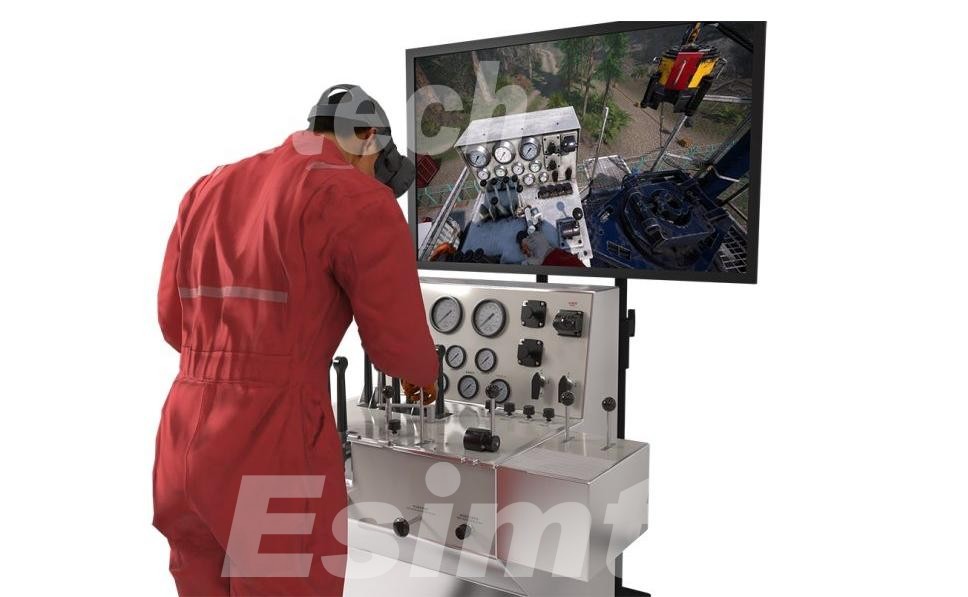
Cost-Effectiveness and Resource Efficiency
Traditional training methods, such as setting up physical simulations or sending employees to remote locations for hands-on practice, are both costly and time-consuming. VR training offers a cost-effective solution by eliminating the need for expensive equipment setups or travel expenses. Once the VR system is set up, it can be used repeatedly for training multiple employees, lowering per-person training costs.
Additionally, VR allows for the creation of reusable training modules that can be updated quickly to reflect new equipment, safety protocols, or industry regulations, further maximizing the value of the investment.
Scalability and Flexibility in Training a Global Workforce
In the oil and gas sector, employees are often dispersed across diverse locations, such as offshore platforms, remote areas, and international sites. VR training offers an effective, scalable solution to ensure that every worker receives uniform, high-quality instruction, no matter where they are situated. Workers can access identical virtual training modules, which can be customized to address the specific needs of different operations, guaranteeing that all employees acquire the relevant skills and expertise.
Moreover, VR training offers flexibility in scheduling, enabling workers to progress through the modules at their own pace. This approach reduces downtime and minimizes interruptions to regular work routines, making VR a crucial resource for global organizations striving to standardize their training procedures across various regions.
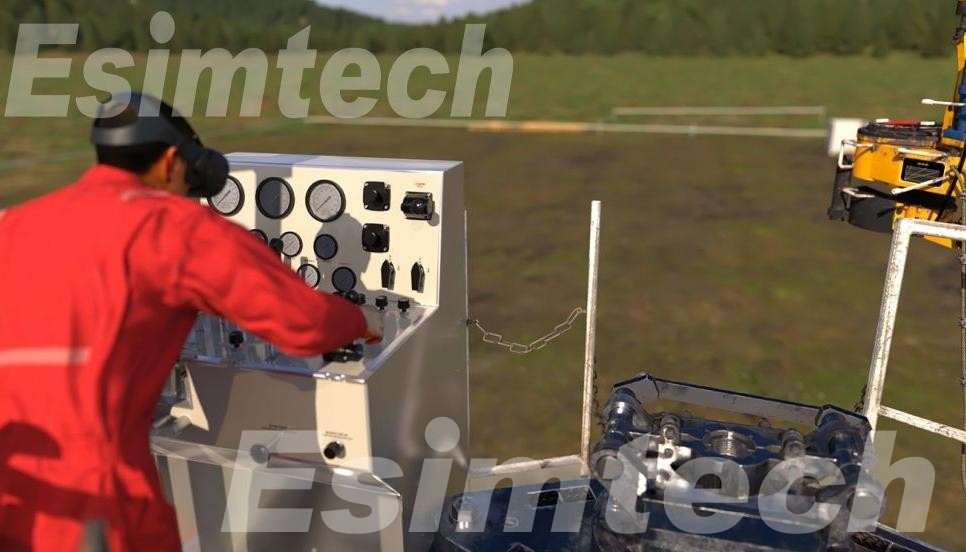
Need Learn More About Oil and Gas VR Training?
The adoption of VR training in the oil and gas industry is growing rapidly, and for good reason. It addresses the limitations of traditional methods while offering a safer, more cost-effective, and engaging way to train workers.
If you’re interested in exploring how VR training can benefit your organization, consider reaching out to Esimtech. We are the top oil and gas training simulator developer.The product line almost covers the whole field of oil and gas exploration. Contact us to learn more information!

